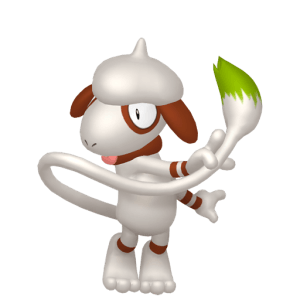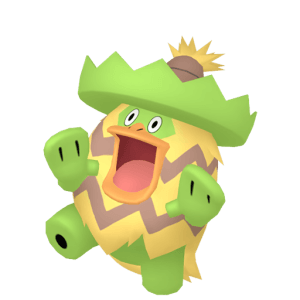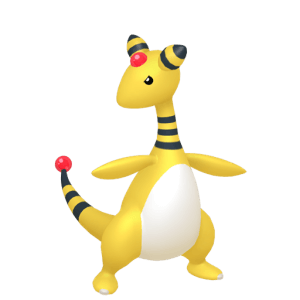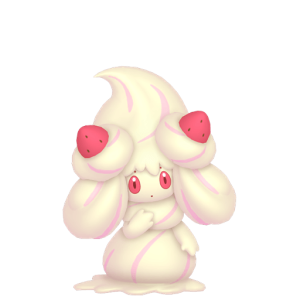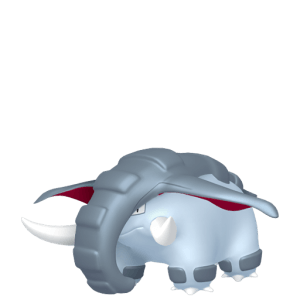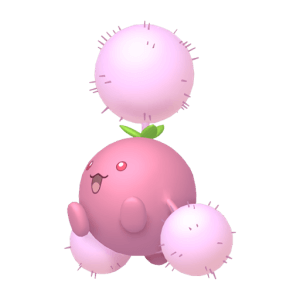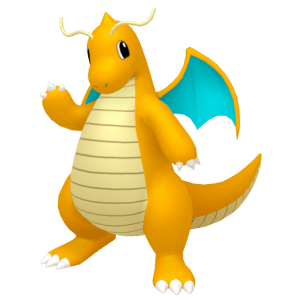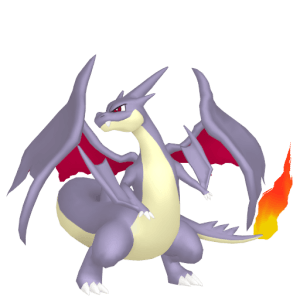Good day fellow PJ-ers! Mr. Bojingles here reporting for duty. This is a new article that PJ and I contrived regarding the analysis of the pokemon during competitive Pokémon play. What I’ll be doing is basically going over how different pokemon fare in the competitive world. While I’ve been playing Pokémon since its inception in the late 90s, I only recently got sucked into playing other players. If anybody who has ever played in tournaments/online can definitely relate when I say this game is WAY deeper than it comes off to the uninitiated. I think that these articles will help those of you out who are interested in playing competitively, and if not, then I hope you enjoy the read. To start off this series I’ll be going over the starters of each generation (starting with Gen I of course). It’s only logical to go begin with the ones who started it all! Read it all after the break!
To start off we’ll discuss the very first dex entry; the grass/poison type Venusaur. This guy really brings me back to the glory days. He was the very first starter I ever chose (I mean, who couldn’t love the cute little bulby dinosaur?!). Upon further play, however, I found that Venusaur just didn’t cut it when facing the stronger gym leaders. As much as I adore grass types, they just really aren’t that great. Not only that, the dual typing with poison only furthers the damage. He comes with four weaknesses, which include ice, fire, psychic, and flying, the three prior being fairly common especially in competitive play. Not only that, but along with the majority of the other grass types he comes with a pretty crummy move pool. Basically switch in anything that resists it and Venusaur is practically walled. It really stinks because I love him so much, but it’s the sad truth.
This was, however, only the start for Venusaur. As the new generations came out he’s slowly improving. Now we’re at Gen V and I’ll be the first to say that he’s become pretty beastly. His move pool has improved (mostly through TMs) and his typing is actually working for the better. He’s now able to absorb Toxic Spikes, which makes him an easy switch-in, nor does he come with a weakness to the common Stealth Rock. His overall bulk allows him to take solid hits and his special attack is quite decent. He has numerous builds that make him an unpredictable poke, due to the access of Sleep Powder, Earthquake, Synthesis (gotta love the recovery moves), and Power Whip. The ability to learn swords dance allows him to not only play the role of a special attacker, but also a physical attacker which allows him to target different defenses. Of course being a grass type, he’s granted access to the oh-so-amazing leech seed and substitute, allowing him to be an effective tank/staller.
What really stands out now with Venusaur is his new DW ability: Chlorophyll. Now he’s a perfect candidate for sunny day teams as he out speeds virtually everything (provided that it’s sunny, of course). Now not only is he a solid offensive tank, he’s also a fantastic utility as well. Sleep Powder combined with said Leech Seed/Substitute only enhance his effectiveness in the sun. Depending on his role, Venusaur can benefit from the Life Orb (if being used offensively) or Leftovers (if being used defensively). Having a scarfed/banded Venusaur isn’t necessarily recommended since most of his move sets require some form of utility, whether it be a Powder attack or Leech Seed. I’ve already tested him on sunny day teams and let me tell you, he’s a force to be reckoned with. However, users beware; once the sun sets it’s lights out for poor Venusaur.
Next up is the fire/flying type, Charizard. Since Red and Blue’s release Charizard has been a fan favorite amongst many Pokémon veterans. And with good reason; I mean, he’s a fricking fire dragon who looks like he’ll tear you to shreds. However, looks can be deceiving. While Charizard has above average special attack and speed, he’s got one major issue; fire. Sorry folks, but fire is just a poor defensive type. It comes with two extremely common weaknesses (water and rock) and since many pokemon have moves such as Surf and Rock Slide, it really is difficult to use Charizard effectively. If being a fire type was bad, adding flying as his secondary typing only makes it worse, adding another weakness common in competitive play: electric. This is what really sets poor Charizard back. Flying also gives him an obliterating 4x weakness to rock, and combined with below average defenses, allow him to be easily 1HKO’d from moves such as Stone Edge and Rock Slide. What really seals Charizard’s fate is Stealth Rock. Switching in on Stealth Rock takes out at least a quarter of his HP on the spot. And seeing as Stealth Rock is a common utility in competitive play, he stands barely a chance against the tougher pokemon.
However, the wonderful folks at Game Freak have been fairly kind to Charizard (almost as if they WANT him to be good). His move pool has increased greatly since the release of RBY; giving him access to attacks such as Dragon Rage, Outrage, Thunder Punch, Roost, Dragon Dance, and the wonderful Belly Drum. Having a diverse move pool allows Charizard to be used in a wide variety of situations. You can combine a number of his attacks to make quite the beastly offensive machine. My favorite build utilizes Belly Drum and a Salec Berry (speed raises by 1 upon being 25% HP and under). If done correctly, Charizard will have +6 to attack and +1 to speed. Hop him up on speed EVs and a speed/attack enhancing nature, and you’ll have a Pokémon capable of decimating entire teams. If Belly Drum doesn’t exactly fit to your taste (it’s a pretty risky build) then Charizard does benefit from Life Orb or even a ‘Scarf or ‘Band to increase his speed/attack. If you play a ‘Scarfed/’Band Charizard, then you could benefit from his new DW ability Solar Power, which enhances his Special Attack by 50% in the sun (at the expense of losing HP each turn). Combine this with a ‘Scarf and some predicting ability then you’ve got a nasty sweeper.
If you’re using Charizard in competitive play, just make sure you have someone to back him up. Stealth Rock is just far too common of a threat, so be sure to have a Rapid Spinner around to assist your fire lizard in his rampage.
Last, but certainly not least, we’ve got the first water starter Blastoise. Here we have your typical run-of-the-mill bulky water; he’s got solid defenses, somewhat decent HP, and a so-so move pool. It’s just that there are so many other bulkier water types out there that you could use instead of Blastoise who have both better stats and moves. Some notable mentions include Vaporeon, Lapras, and Starmie. Gamefreak has been fairly kind to Blastoise over the years with inclusions such as Rapid Spin and Aqua Jet, making Blastoise at least a decent supporting role and offensive moves such as Focus Blast and Rock Slide give him a bit of an offensive edge. As said before, there are just better water types to use, so what exactly sets Blastoise apart from the rest?
With the addition to the Dream World, Blastoise learns Rain Dish; a HP recovery ability that activates after the use of Rain Dance. What this does is ever turn it heals Blastoise 1/16th of his max HP. 1/16th? Why, that’s absurd! It’s such a small amount it really shouldn’t matter, right? Well, combined with the leftovers item and one of his newer moves, Aqua Ring, Blastoise is able to heal nearly a 4th of his HP every round. I actually just got done testing him with this build on a Rain Dance team, utilizing Protect, Aqua Ring, and Toxic. Basically the whole idea starts with using Aqua Ring, using Protect (healing previous damage that was done to him), poisoning the opponent with Toxic, using Protect, attacking with something offensive (Waterfall, Surf, what have you). Every other turn involves using Protect to heal damage. So far it’s been pretty helpful on Rain Dance teams, allowing him to stall out opponents while they are poisoned. The fact that he gains so much HP each turn gets really irritating for the other player (I’ve had many rage quits when using this tactic XD). Of course it comes with its counters, so you need to use your predicting skills wisely so you can take advantage of his stalling abilities.
While this new Rain Dish ability brings Blastoise new tactics to the table, there still remains the fact that there are plenty of other bulkier water types around. Blastoise fills a few niche roles, but not enough to be considered over the rest.
Well, that’s all for the Gen I starters. Gen II will soon follow! Constructive criticism is always welcome and appreciated, so feel free to leave me any suggestions.
Big thanks to Mr. Bojingles for writing a guest article for us! I don’t have too much competitive knowledge so I try to stay away from covering it, but I’m trying to widen our blog’s coverage of the game. 😀

















